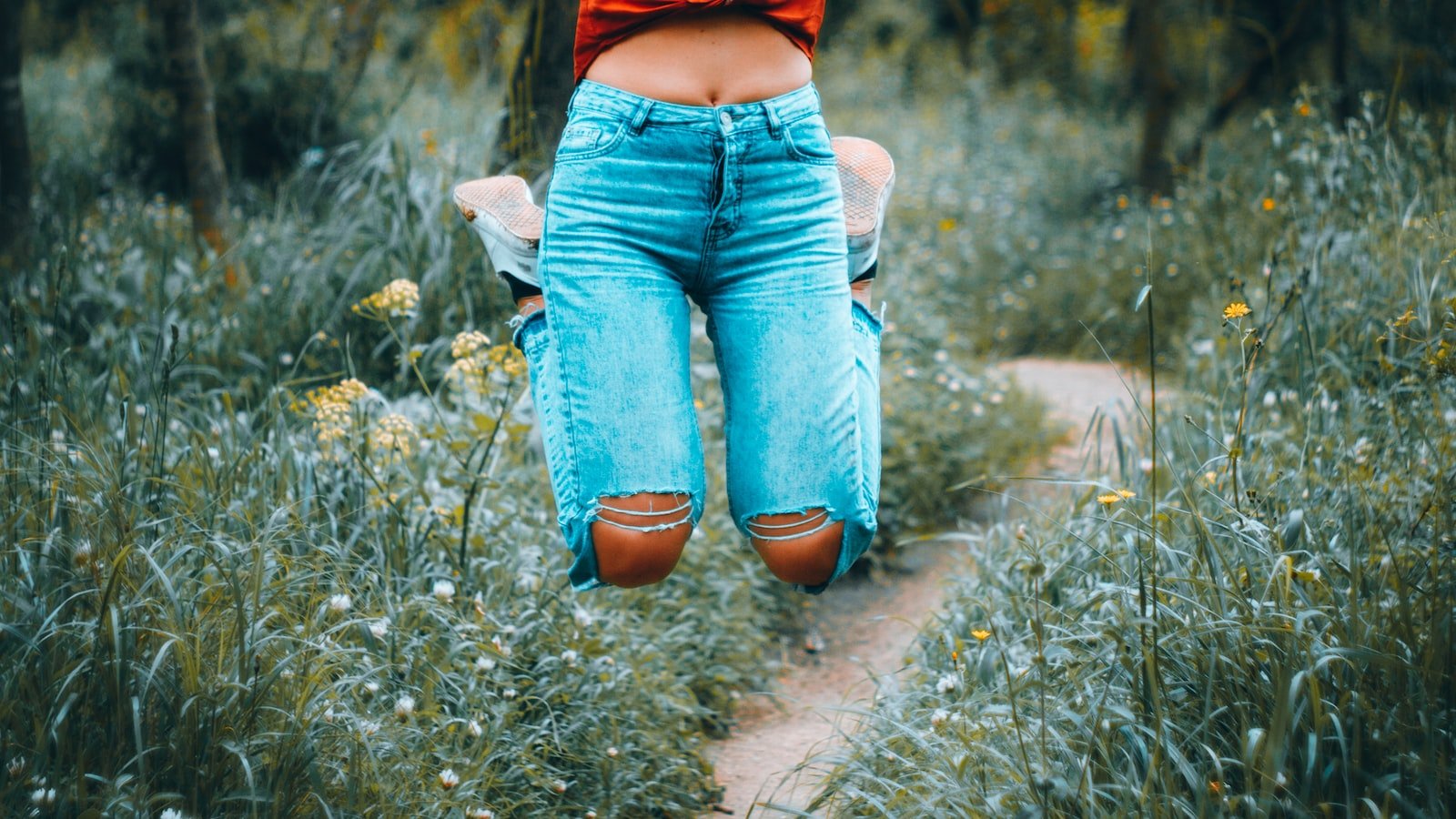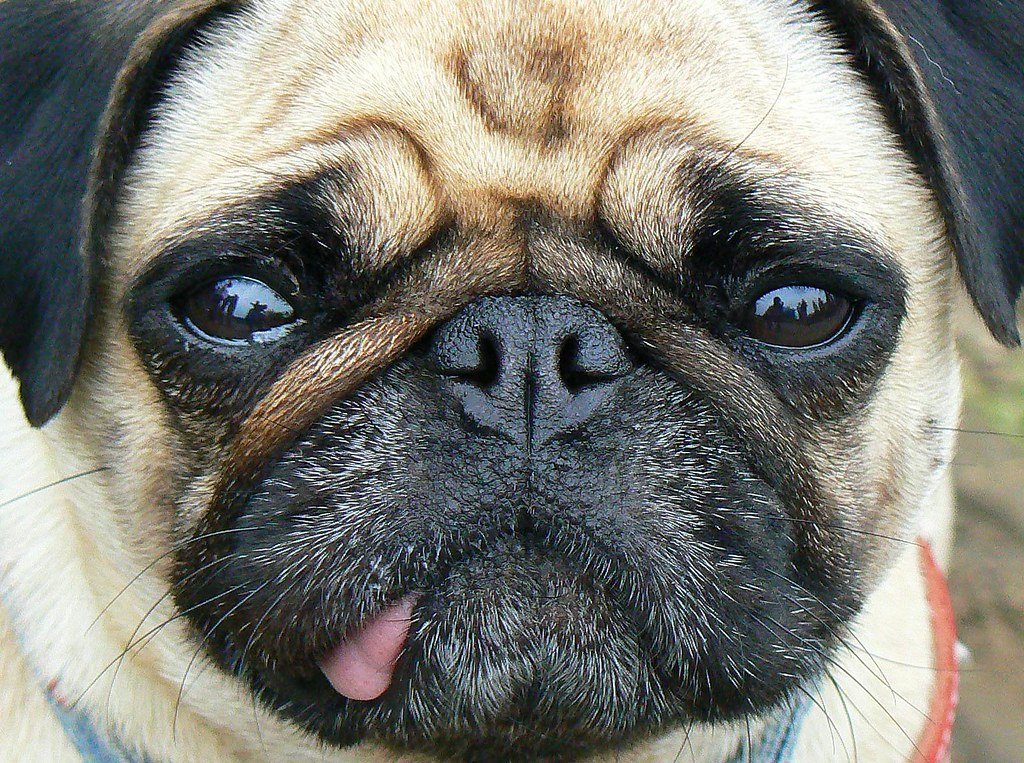From bounding over fences with effortless grace to enthusiastically greeting every stranger with a pair of airborne paws, dogs seem to possess an inherent ability to defy gravity. While their airborne acrobatics may be impressive, sometimes their jumping antics veer into the realm of inconvenience or danger. Whether it’s incessantly leaping onto visitors or propelling themselves towards tantalizing objects, teaching dogs to keep all four paws planted can be a challenging feat. In this article, we delve into the art of dog training for jumping, providing you with effective techniques to keep your canine companion grounded and safe. Whether your pooch is a seasoned high-flyer or just starting their airborne adventures, get ready to transform them into a paw-firming, gravity-respecting dynamo.
Table of Contents
- Understanding the Root Causes of Jumping Behavior
- Key Strategies for Preventing Jumping in Dogs
- Techniques for Training Dogs to Stay Grounded
- Implementing Positive Reinforcement to Stop Jumping
- Creating a Consistent Environment to Encourage On-Ground Behavior
- Q&A
- The Way Forward

Understanding the Root Causes of Jumping Behavior
Jumping behavior in animals can sometimes be perplexing, but understanding its root causes can shed light on why it occurs and how to address it. Whether it’s a dog energetically leaping to grab a treat or a kangaroo effortlessly bounding across the outback, the act of jumping serves various purposes depending on the species.
Several factors contribute to jumping behavior, including biological instincts, environmental stimuli, and social interactions. First and foremost, animals may jump as a means of self-defense or evasion. This instinctual reaction allows them to quickly escape from predators or navigate through challenging terrains. Furthermore, jumping behavior can serve as a form of communication within social groups. For instance, certain primates use jumping displays to establish dominance or attract mates.
Environmental factors also play a crucial role in eliciting jumping behavior. Highly stimulating environments with abundant obstacles or opportunities for exploration can trigger animals to jump as they navigate their surroundings. Additionally, certain species have evolved to capitalize on their jumping ability to acquire food or engage in specific hunting techniques.
- Biological instincts: Jumping as a defense mechanism or in social interactions.
- Environmental stimuli: Stimulating environments with obstacles or opportunities for exploration.
- Social interactions: Communication within social groups to establish dominance or attract mates.
- Food acquisition: Utilizing jumping to reach food sources or engage in hunting techniques.
Understanding these underlying factors is essential for pet owners and researchers interested in managing or studying jumping behavior. By recognizing the triggers and motivations behind jumping, we can ensure the well-being of our animal companions and gain valuable insights into the fascinating world of animal behavior.

Key Strategies for Preventing Jumping in Dogs
Dogs have a natural tendency to jump, which can be adorable as puppies but can lead to unwanted behavior as they grow older. Fortunately, there are several key strategies you can implement to prevent jumping and establish proper manners in your furry friend:
- Consistent Training: Consistency is key when it comes to training your dog. Ensure that all members of your household adhere to the same rules and commands. Use positive reinforcement techniques, such as praise and treats, to reward your dog for good behavior and discourage jumping.
- Redirecting Energy: Dogs often jump out of excitement or excess energy. Engage your pooch in regular physical exercise and mental stimulation to redirect their energy in a positive way. Daily walks, interactive toys, and obedience training sessions can help tire them out and reduce the urge to jump.
- Teach an Alternative Behavior: Replace jumping with a more suitable behavior. Train your dog to sit or offer their paw instead of leaping up. When visitors or family members enter your home, instruct them to ignore the jumping and only give attention when all four paws are on the floor. This consistency will help reinforce the desired behavior.
By implementing these key strategies and consistently reinforcing positive behavior, you can prevent jumping in your dog and ensure a well-mannered, happy companion. Remember, patience and perseverance are essential when training your furry friend, so be sure to celebrate their progress along the way!

Techniques for Training Dogs to Stay Grounded
When it comes to training our furry companions, teaching them to stay grounded is an essential skill. Not only does it promote good behavior, but it also ensures their safety in various situations. Here are a few techniques you can use to help your dog master the art of staying grounded:
- Positive Reinforcement: Dogs respond well to positive reinforcement, so use treats, praise, and petting to reward your pup when they stay calm and focused. This will reinforce the desired behavior and motivate them to stay grounded.
- Focus Exercises: Incorporate focus exercises into your training sessions to improve your dog’s ability to stay grounded. Start by teaching them to maintain eye contact with you for longer durations, gradually increasing the difficulty level. This will enhance their attentiveness and teach them to disregard distractions.
- Desensitization: Dogs can easily become overwhelmed by new environments or stimuli. Help your dog stay grounded by gradually exposing them to different situations and objects. Start with simpler scenarios and gradually introduce more challenging ones, allowing them to acclimate at their own pace.
Remember, training a dog to stay grounded requires consistency and patience. With time and practice, your furry friend will develop the necessary skills to navigate any situation with a calm and composed demeanor.
Implementing Positive Reinforcement to Stop Jumping
Jumping up is a common behavior in dogs that can become quite frustrating for their owners. Whether it’s when guests arrive or simply when you walk through the door, it’s important to address this behavior in a positive and effective way. By implementing positive reinforcement techniques, you can train your dog to stop jumping and greet people calmly.
1. Teach an alternative behavior: Instead of jumping, train your dog to do something else when they are excited to see someone. For example, you can teach them to sit or offer a paw for a handshake. By redirecting their energy into a different behavior, you are helping them understand that jumping is not the appropriate way to greet people.
2. Reward and praise: When your dog greets someone without jumping, it’s important to reward them immediately. This can be done by giving them a treat, petting them, or offering verbal praise such as “good job!” The positive reinforcement helps reinforce the desired behavior and encourages your dog to repeat it in the future.
3. Consistency is key: It’s important to be consistent with your training. Everyone in the household should follow the same rules and reinforce the same behavior. Inconsistency can confuse your dog and make it harder for them to understand what is expected of them. With time and consistent positive reinforcement, your dog will learn that staying calm and not jumping is the best way to greet people.
Remember, requires patience and consistency. By teaching an alternative behavior, rewarding and praising your dog, and staying consistent in your training, you can successfully address this behavior and have a calm and well-mannered dog.
Creating a Consistent Environment to Encourage On-Ground Behavior
One of the key factors in promoting desired behaviors in a physical environment is the creation of a consistent and conducive atmosphere. By implementing a few strategies, we can create an environment that encourages on-ground behavior effectively.
First and foremost, it is essential to establish clear and consistent rules and guidelines that everyone within the environment is aware of. These rules should be prominently displayed in strategic areas and communicated regularly through various channels, such as staff training sessions and newsletters. The use of bold and underline formatting in these displays can help draw attention and emphasize important points.
In addition, organizing the physical space in a way that supports the intended behaviors is crucial. This can include providing designated areas for specific activities, such as quiet zones for focused work or interactive spaces for group collaboration. By using text decorations like italics to label these areas, individuals are more likely to understand and respect their purposes.
Furthermore, creating a positive and pleasant atmosphere through color schemes, lighting, and visual elements can contribute to a consistent environment. Utilizing calming colors like blue or green, along with natural lighting, can create a welcoming ambiance. Incorporating inspirational quotes or artwork with motivational messages can also add a touch of encouragement. By adhering to these guidelines and adopting a creative approach, we can establish a consistent environment that fosters on-ground behavior effectively.
Q&A
Why do dogs jump so much?
Dogs often jump out of excitement or as a way to seek attention from their owners. Some dogs may also jump as a result of anxiety or fear.
Is it important to stop dogs from jumping?
Yes, it is important to discourage jumping behaviors in dogs. Jumping can be seen as a sign of dominance, and it can also pose a safety risk to both dogs and humans.
What are some effective techniques to prevent jumping?
Teaching your dog the “sit” command and rewarding them for obeying it can help prevent jumping. Ignoring jumping behavior and rewarding calm greetings can also be effective techniques.
What should I do if my dog jumps on me or others?
When your dog jumps, simply turn away and withhold attention until they calm down. Once they have all four paws on the ground, reward them with praise or a treat.
Are there any specific training tools that can help with jumping?
There are various training tools available, such as no-jump harnesses or special leashes, which can assist in preventing jumping behaviors. However, these tools should always be used under the guidance of a professional trainer.
How can I encourage my dog to stay calm when visitors arrive?
To encourage calm behavior, try having your dog on a leash or in a designated area when visitors arrive. Practice basic obedience commands like “sit” and reward your dog for staying calm during these interactions.
Can I train older dogs to stop jumping?
Absolutely! Dogs of any age can be trained to stop jumping. Consistency, positive reinforcement, and patience are key in teaching older dogs new behaviors.
What are some common mistakes to avoid when training a dog to stop jumping?
One common mistake is inadvertently rewarding jumping behavior through attention or physical contact. It is also important not to punish or scold the dog, as this may increase anxiety and jumping tendencies.
How long does it usually take to train a dog to stop jumping?
The time required to stop jumping behaviors can vary depending on the individual dog and their level of responsiveness to training. With consistent training and reinforcement, most dogs can make progress within a few weeks.
Should I consult a professional dog trainer for help?
If you are struggling to address your dog’s jumping behavior, it may be beneficial to seek guidance from a professional dog trainer. They can provide personalized training techniques and advice tailored to your dog’s specific needs.
The Way Forward
In conclusion, mastering the art of keeping all four paws on the ground is the key to achieving harmonious interactions with our furry companions. Throughout this article, we have explored effective techniques and tools for curbing your dog’s jumping tendencies. Remember, patience and consistency are your greatest allies in this journey. By understanding the underlying reasons behind their jumping behavior and implementing positive reinforcement methods, we can shape our dogs into well-mannered and balanced individuals. Whether you are dealing with an excitable puppy, a rescue dog working to overcome their past, or simply a jumping Jack full of enthusiasm, dog training for jumping is a process that requires time, commitment, and a whole lot of love. So, let us embark on this adventure together, supporting one another as we strive to keep all four paws on the ground and discover the joys of a well-behaved and happy canine companion.
As an affiliate, my content may feature links to products I personally use and recommend. By taking action, like subscribing or making a purchase, you’ll be supporting my work and fueling my taco cravings at the same time. Win-win, right?
Want to read more? Check out our Affiliate Disclosure page.